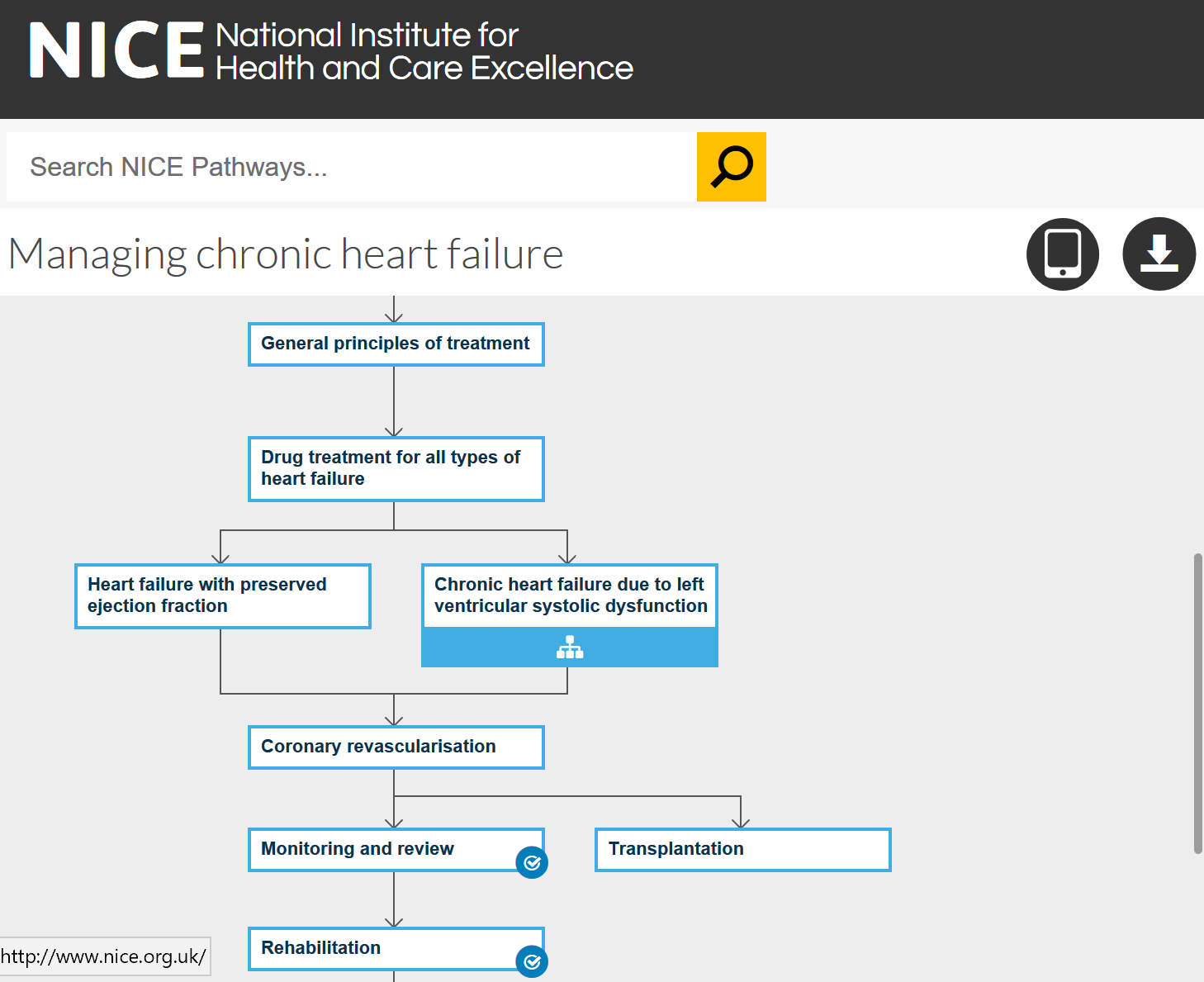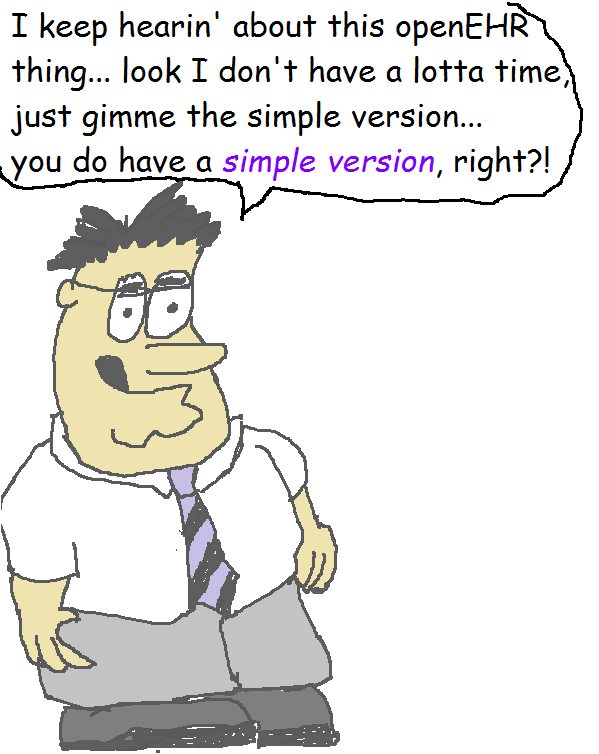FHIR is the HL7’s modern approach to connecting components in the health computing space. Unlike the HL7v2 message approach, FHIR is oriented to enabling applications connect to back-ends. It has been running for a few years now, and is doing good work on how to use REST, terminology, and generally make the application programmers experience better.
It is also over-hyped. That’s not mainly the fault, as far as I can tell, of the core developers but more of an industry exhausted by attempts to make HL7v3 work, but still desperate for solutions. Some of the hype would have you believe that FHIR solves all health informatics problems; common sense says this is not true. A lesser version of the hype would have you believe that FHIR solves all interoperability problems in health. A superficial inspection shows this is also not true. Both versions of the hype are leading some vendors, providers and even some government programmes astray.
My point here is not to criticise FHIR, it’s to encourage those trying to solve the problems of e-health to take a step back, have a good look at the list of problems we know about, and then understand which of those FHIR is going to help with.
This post takes a look at what FHIR’s scope is today, and makes a proposal to significantly extend its capability, in a way that could even help to end the ‘health informatics wars’.
Continue reading →




